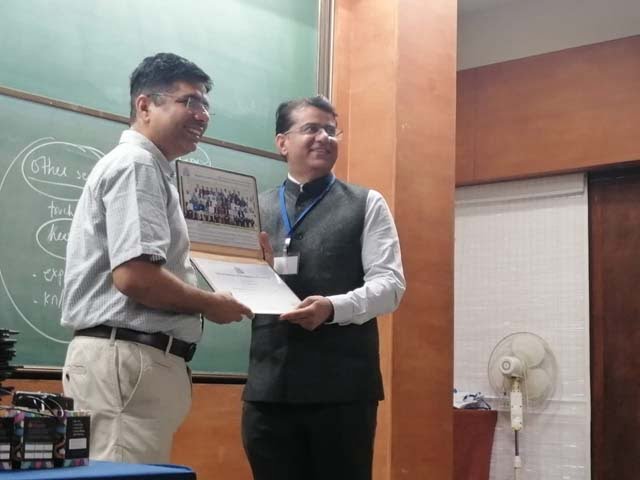Summer Sickness: How Contaminated Food and Drinks Can Make You Sick
Reading Time: 3 minutes Spread the love Summer Sickness: How Contaminated Food and Drinks Can Make You Sick. Summer brings sunshine and joy, but it also…
Dr AvinashTank, is a super-specialist (MCh) Laparoscopic Gastro-intestinal Surgeon,
Hepatic simple cyst refers to a fluid filled mass in the liver.
Several diseases may produce cystic lesions in the liver, which could be a true simple cyst (not because of an infection), multiple cysts as part of polycystic liver disease (PCLD), parasitic or hydatid (echinococcal) cysts, cystic tumors, and abscesses (infections).
Most of them do not have any symptoms. Only about 10-15% of people have symptoms. Often, they are incidentally found on ultrasonography (USG), CT scan and other imaging tests performed for another disease.
The simple liver cysts are believed to be congenital in origin (present from birth). The fluid is continually secreted by the wall of the cyst and therefore if the fluid is sucked into a syringe through a needle, it would accumulate again. Polycystic liver disease (AD-PCLD) is also congenital and is usually part of disease process where cysts are found in kidneys as well. People with cysts both in kidney and liver generally tend to have kidney disease predominantly, with liver cysts rarely causing symptoms or liver failure. Women are more commonly affected, the cysts may increase in size and number with use of oral contraceptives.
Simple cysts generally cause no symptoms. Someone may feel dull pain in right upper abdomen, abdominal bloating or early satiety. Occasionally, when the cyst is very large, a lump may be felt in the abdomen. Rarely, it may obstruct the bile duct to produce jaundice, rupture to produce acute abdominal pain or get infected to produce liver abscess (abdominal pain, fever, and raised blood counts).
In poly-cystic liver disease, the liver may be enlarged causing abdominal pain and occasionally even liver failure.
The following tests may be done to find the cysts: blood tests, including liver function tests, ultrasound, abdominal CT scan or MRI.
In most cases, simple cyst is asymptomatic and remains silent for year. Complications are rare. Bleeding into the cyst is most common. Rupture is another complication.
Simple cysts not producing any symptoms do not need any treatment and can be observed with regular ultrasound (USG) tests. If the cyst gets infected or produces severe symptoms, it can be removed surgically. Surgery may be open or laparoscopic approach. Unroofing the cyst (fenestration) by a laparoscopic approach also can be done with an overall success rate of more than 90% and a 10% rate of symptomatic cyst recurrence. Advantages of the laparoscopic approach are less postoperative pain, and success rates similar to those of cases done open.
Prognosis of hepatic cysts is good treated before development of complications.

Experience
Award & Presentations
Satisfied Families
Successful Surgeries
Reading Time: 3 minutes Spread the love Summer Sickness: How Contaminated Food and Drinks Can Make You Sick. Summer brings sunshine and joy, but it also…
Reading Time: 2 minutes Spread the love Celebrities underwent Gallbladder Stone Surgery. While celebrities may seem to live charmed lives, they’re just as susceptible to everyday…
Reading Time: 5 minutes Spread the love Mahavir Jayanti 2024: Life Story & Learning’s of Lord Mahavir भगवान महावीर कौन थे? जैन धर्म के चौबीसवें और…
Lorem Ipsum is simply dummy text of the printing and typesetting industry. Lorem Ipsum has been the industry's standard dummy text ever since the 1500s, when an unknown printer took a galley of type and scrambled it to make a type specimen book. It has survived not only five centuries, but also the leap into electronic typesetting, remaining essentially unchanged.
